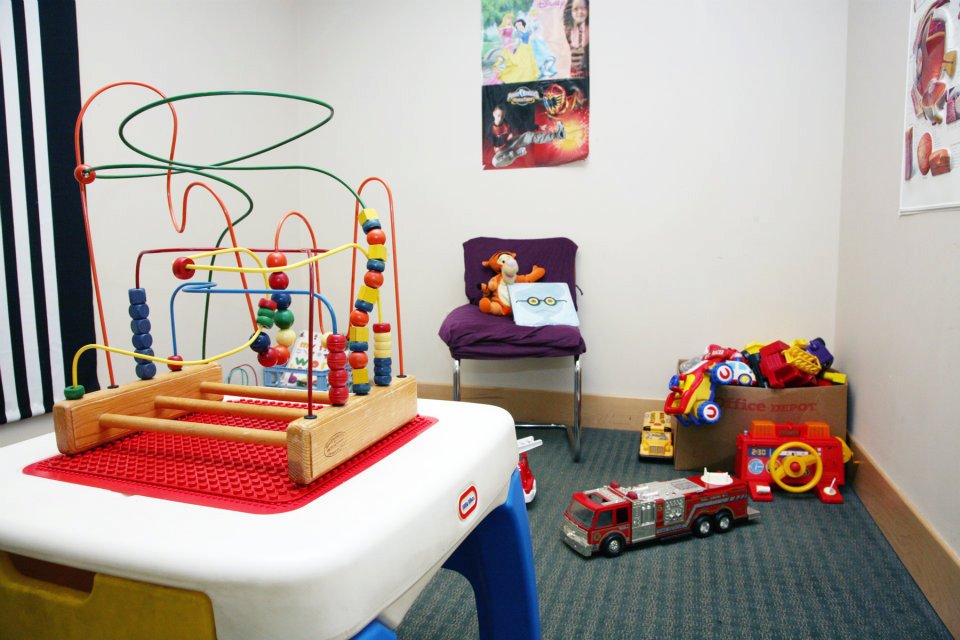Our Services
|
Services We Offer
Periodic optometric examinations are an important part of routine preventive health care. Many eye and vision conditions present no obvious symptoms. Therefore, individuals are often unaware that a problem exists. Early diagnosis and treatment are important for maintaining good vision and when possible preventing permanent vision loss. The need for and frequency of optometric examinations vary with age, race, medical history, family history, occupation and other factors. Individuals with ocular signs or symptoms require prompt examination. In addition, the presence of certain risk factors may necessitate more frequent evaluations based on professional judgment. The following are the recommendations of the American Optometric Association for regular eye care. FREQUENCY OF EXAMINATION:
Facilities and Equipment
Types of Payment Accepted
We accept Cash, Personal Checks, Debit Card, American Express, Master Card, Visa, Discover, and CARE CREDIT. Languages Spoken
Our staff speaks English, Some Spanish. Insurance Plans
We participate with:
|

INFANTS AND CHILDREN:
Newborns are typically screened at birth for congenital eye disorders and disease. In addition, all infants should receive an evaluation for vision problems and eye disease by a doctor of optometry by six months of age or sooner if abnormalities or risk factors are present. Early diagnosis and treatment are important to assure proper visual development, to prevent vision loss due to eye disease and to manage hereditary or congenital eye disorders such as lazy eye or crossed eyes. In the absence of specific problems or symptoms, re-examinations at age three and prior to entry into school are recommended. These examinations provide the opportunity to evaluate the level of a child's visual development and can provide early diagnosis and intervention to prevent visual impairment due to various conditions. At Risk: Infants born prematurely, with low birth weight, or whose mother had rubella, venereal disease, AIDS related infection or a history of substance abuse or other medical problems during pregnancy are at a particularly high risk for the development of eye and vision problems. Also, the presence of high refractive error or a family history of eye disease, crossed eyes or congenital eye disorders places infants and children at risk. SCHOOL-AGED CHILDREN:
Vision may change frequently during the school years. The most common problems are due to the development and progression of nearsightedness. In addition, the existence of eye focusing and/or eye coordination problems may affect school performance. Periodic examinations are recommended. At Risk: Children failing to progress educationally or exhibiting reading and/or learning disabilities should receive an optometric examination as part of a multidisciplinary evaluation. ADULTS:
During the adult years, the increased visual demands of our technological society bring about the need for regular optometric care. While the incidence of ocular disease is low for young adults, vocational and recreational visual demands are significant. To maintain visual efficiency, productivity, and optimum eye health, periodic examinations are recommended. Adults, beginning in their early to mid-forties, can experience changes in their ability to see clearly at close distances. This normal aging change in the eye's focusing ability will continue during the forties and fifties. In addition, increases in the incidence of eye health problems occur during these years. Therefore, periodic eye examinations are recommended. At Risk: Individuals diagnosed with diabetes or hypertension, or who have a family history of glaucoma, particularly African Americans, those who work in highly visually demanding or eye hazardous occupations, those taking certain systemic medications with ocular side effects or those with other health concerns or conditions. OLDER ADULTS:
Individuals age 61 or older have an increasing risk for the development of cataracts, glaucoma and macular degeneration and other sight threatening or visually disabling eye conditions as well as systemic health conditions. Therefore, annual eye examinations are recommended. At Risk: Individuals diagnosed with diabetes or hypertension, or who have a family history of glaucoma or cataracts, and those taking systemic medications with ocular side effects or those with other health concerns or conditions. |